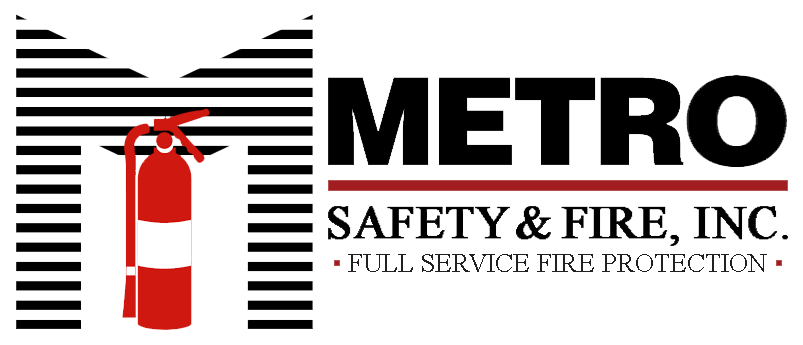
- Home
- Fire Extinguisher Installation
Fire Extinguisher Installation
Fire Extinguisher Installation
SERVING PORTLAND OR | BEAVERTON OR | VANCOUVER WA | LONGVIEW WA
The legal responsibility for meeting a building’s fire extinguisher installation needs rests with the property owner. This responsibility can be delegated through a written contract to an authorized agent, management firm, or tenant as a lease condition. Portable fire extinguishers are required in most business occupancies to comply with building occupancy codes, insurance underwriting requirements, and local fire codes.
Choosing the Right Fire Extinguisher
Proper fire extinguisher installation requires analysis of the fire hazard(s) present and selecting the correct portable fire extinguisher for the hazard, the correct installation equipment and installing it in the correct location in the building.
A licensed fire equipment service company often conducts the hazard analysis survey and the fire extinguisher installation.
This survey determines the quantity, size, type, and placement of extinguishers to protect the building structure and its occupancy hazards. The structure typically requires a Class A rated extinguisher, while occupancy may need Class A, B, C, D, or K extinguishers, depending on the specific hazards present.
Portable Fire Extinguishers Types:
Portable Handheld Stored Pressure: This is the most common type of portable fire extinguisher, used in general business and special hazard areas. They are affordable, easy to operate, and maintain.
Portable Cartridge Operated: Widely used in industrial settings with high fire hazards, this rugged unit is favored for its ease of recharging, making it ideal for areas with frequent fires.
Portable Wheeled Unit: These units, which can be stored pressure or cartridge operated, are chosen to offer extra protection in special hazard or large, high-risk areas.
The NFPA 10 Standard for Portable Fire Extinguishers is the reference used by building codes, fire codes, and insurance underwriters to ensure compliance. It offers guidance on selecting the correct fire extinguisher for specific hazards, proper installation according to hazard class, and determining the placement and quantity of extinguishers needed.
The National Fire Protection Association (NFPA) provides free viewing access to this standard online. For more details, visit the NFPA website.
Fire Extinguisher Installation Methods
- Wall mount with approved wall bracket
- Wall or beam mount with approved vehicle bracket for high bump hazard
- Vehicle bracket for mounting onto moving equipment
- Portable fire extinguisher stand for temporary work area protection
- Fire extinguisher cabinet – surface mount or recessed
Specific requirements for the installation of portable fire extinguishers will be determined by the codes adopted by the Authorities Having Jurisdiction.
The portable fire extinguisher is to be vertically mounted using the approved mounting bracket, or in an approved cabinet.
Placement is generally in the path of egress (on the way out of the building). The extinguisher must be readily accessible and visible or clearly marked with signs.
Metro’s fire extinguisher installer is trained in mounting options and has the correct tools for even complex installations.
Fire / Life Safety Plan
A comprehensive fire/life safety plan must include the correct type and quantity of portable fire extinguishers for the hazards present, as outlined in the NFPA 10 Standard for Portable Fire Extinguishers. The responsible party will establish their policy for responding to fire events and using portable extinguishers.
Handheld portable fire extinguishers are intended to be a first line of defense in response to a fire in its incipient stage. Industry improvements in the design and labeling make the current handheld portable fire extinguisher easy to use by a novice operator.
Metro Safety & Fire offers a class to train how to properly use a handheld portable fire extinguisher. The class can be held at the business location or trainees may attend the monthly class at Metro’s shop. Check out our Bullex Training Page to learn more about fire extinguisher training for your employees.
Contact Metro Safety & Fire, Inc. today to
- schedule fire extinguisher hazard analysis
- quote for installation of fire extinguishers
- schedule the hands-on training for your employees
